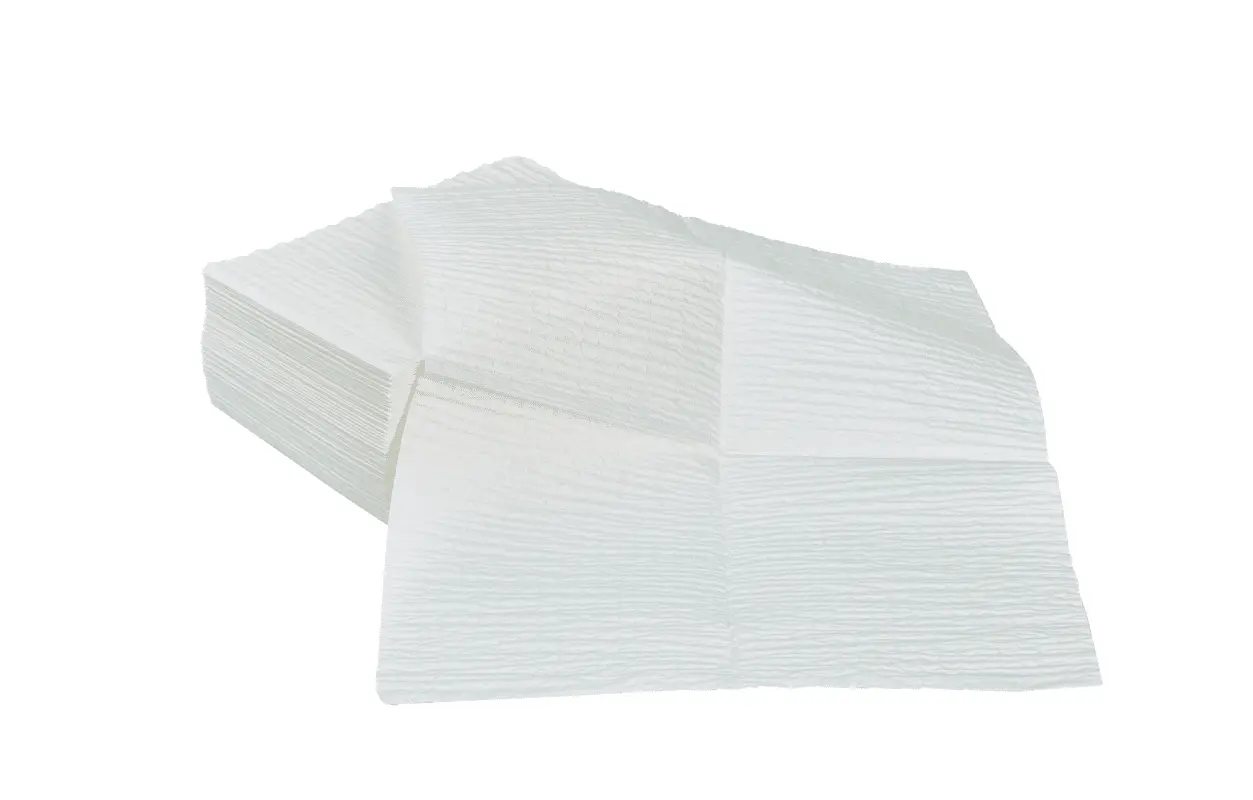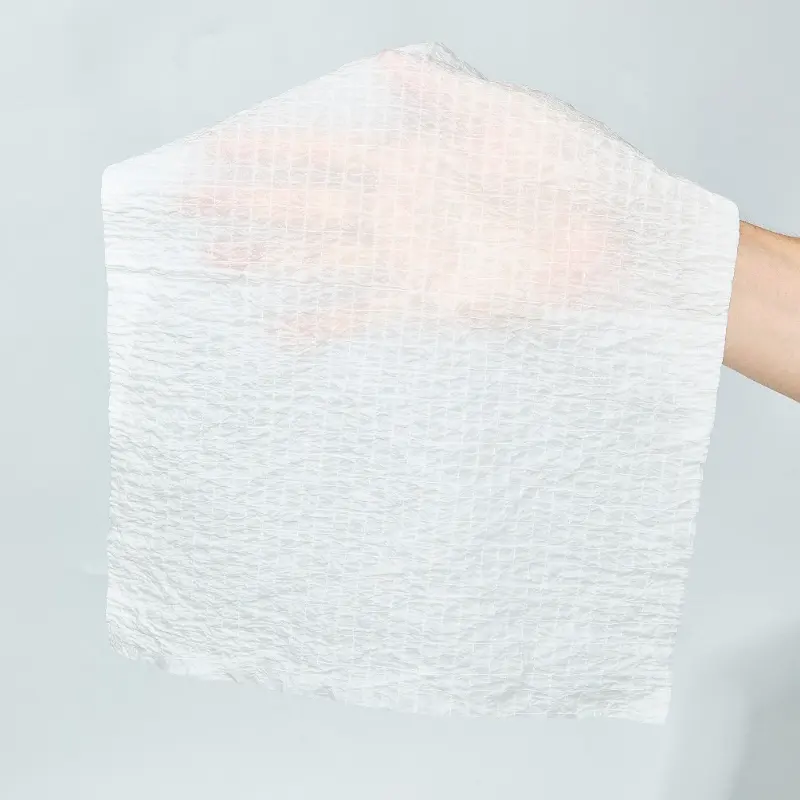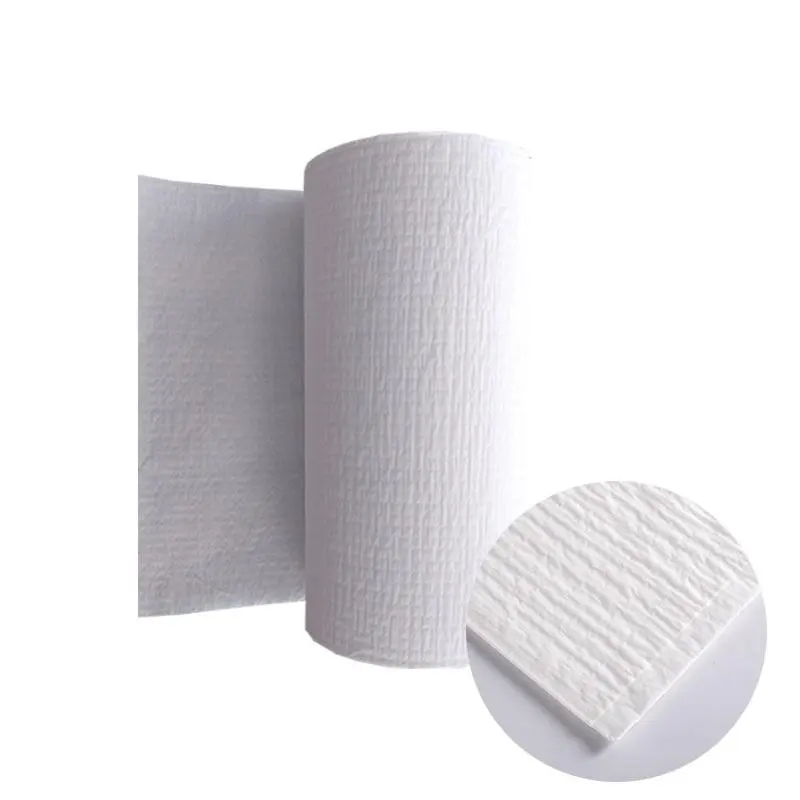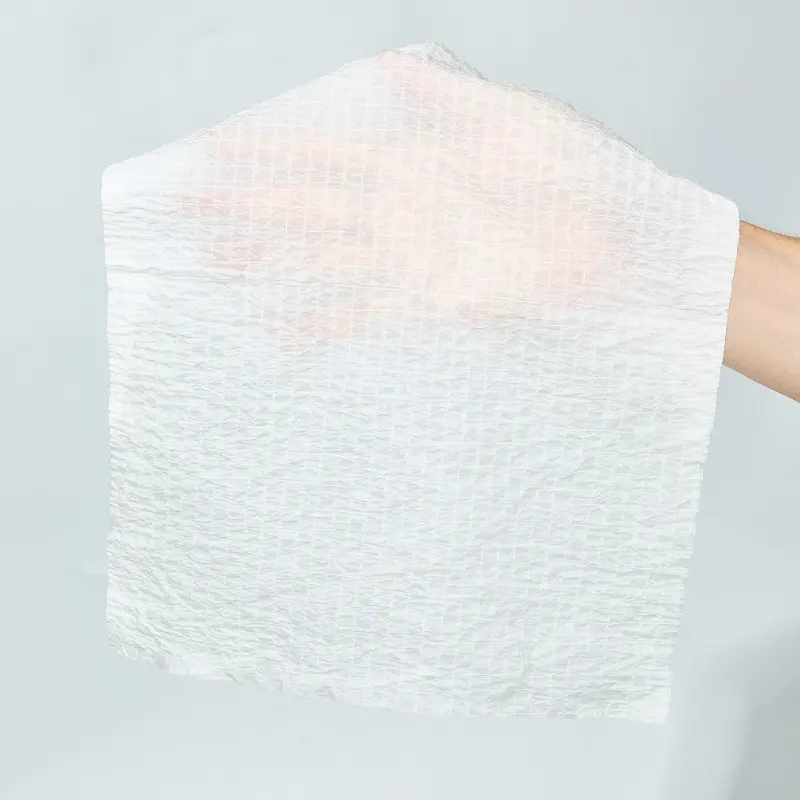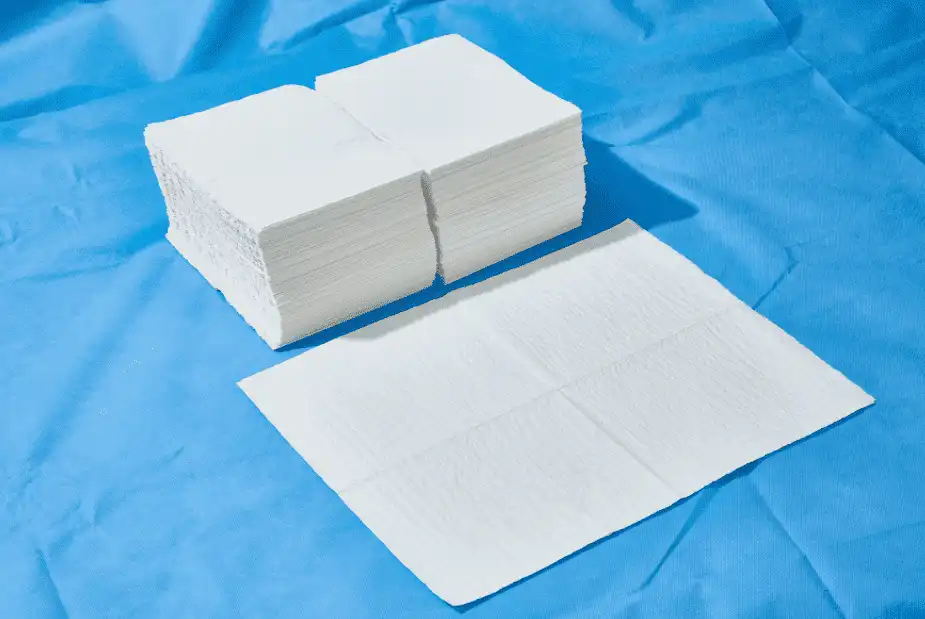How to Accurately Select CSCERAMIC Silicon Carbide Tubing for Diverse Applications?
How to Select the Right CSCERAMIC Silicon Carbide Tubing for Your Application
In the field of high-tech industry, Silicon Carbide Tubing is favored for its excellent high temperature and corrosion resistance. However, in the face of diverse application scenarios and complex usage conditions, how to correctly select CSCERAMIC silicon carbide tubes has become a key problem. This article will explore how to accurately match silicon carbide tubes to meet specific application requirements from three aspects: operating temperature range, chemical environment adaptability, physical size and mechanical properties.
Understanding Operating Temperature Ranges for Silicon Carbide Tubing
When selecting a silicon carbide tube, the primary consideration is its operating temperature range. CSCERAMIC offers a variety of grades of silicon carbide tubes, each optimized for a specific temperature range. Therefore, it is important to be clear about the expected temperature conditions in the application to ensure that the selected product will perform optimally without degradation. For example, some high temperature applications may require silicon carbide tubes that can withstand extremely high temperatures, while low temperature environments have higher requirements for the cracking resistance of the material. By communicating with the professional team at CSCERAMIC, customers can obtain customized recommendations for their specific temperature requirements and ensure the thermal stability of the selected silicon carbide tube.

Evaluating Chemical Environment Adaptability of Silicon Carbide Tubes
The corrosion resistance of silicon carbide tubes is another major advantage, but this performance will vary depending on the different chemicals they are exposed to. Therefore, in the selection process, it is necessary to comprehensively evaluate the chemical environment that silicon carbide tubes will face. CSCERAMIC silicon carbide tubes have a variety of corrosion resistance grades and are suitable for a wide range of chemical media from strong acids to strong bases. To ensure the integrity of long-term use, customers are advised to work with CSCERAMIC's technical team to conduct chemical compatibility tests to select the silicon carbide tube grade that best suits their application environment.
Matching Physical Size and Mechanical Properties of Silicon Carbide Tubing
The physical size of the silicon carbide tube (such as wall thickness, diameter and length) and its mechanical properties (such as compressive strength and thermal expansion coefficient) directly affect its performance under pressure changes and temperature fluctuations. To meet the precise requirements of silicon carbide tubes for different applications, CSCERAMIC provides customized services to ensure that each tube meets the exact specifications of the customer. Working closely with customers, CSCERAMIC is able to design silicon carbide tube solutions that meet performance requirements and are highly reliable, ensuring that they perform well in their target applications.
To sum up, the correct selection of CSCERAMIC brand silicon carbide tubes requires comprehensive consideration of multiple dimensions such as operating temperature range, chemical environment adaptability, physical size and mechanical properties. By deeply understanding application requirements and working closely with CSCERAMIC's dedicated team, customers can ensure that the selected silicon carbide tubes not only meet current needs, but also continue to deliver superior performance in future applications. CSCERAMIC is committed to providing customers with the best quality silicon carbide tube solutions to help all industries achieve more efficient and reliable operation.
